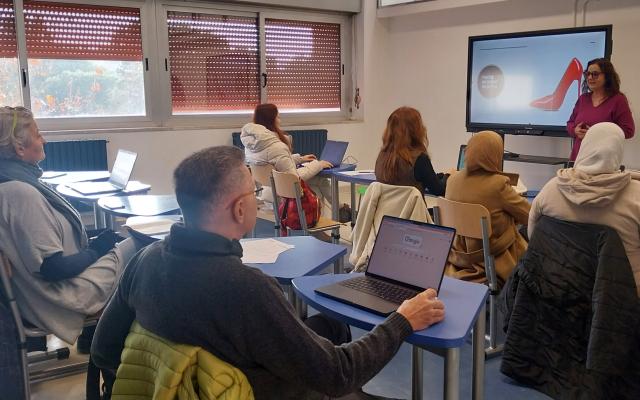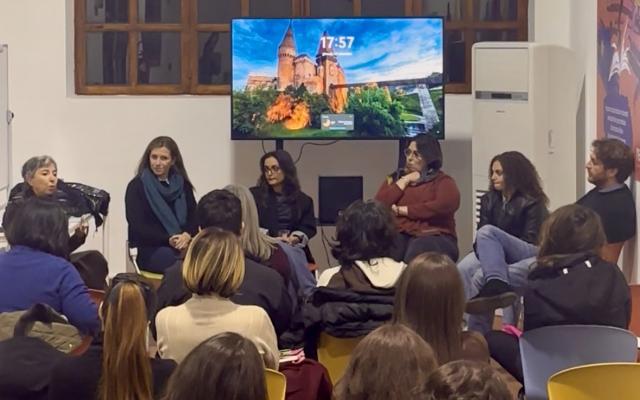4 min.
The Redattore sociale Press Agency, a media partner of the Global Junior Challenge event, visited the exhibition at the Itis Galilei in Rome.
This is the story of one of the 109 finalist projects at the 2009 GHC. The protagonist is a young woman on a wheelchair that has to weave her way through a myriad so simple, but by no means banal, actions.
ROME – The Global Junior Challenge, the international competition that rewards the innovative use of technology for training, education, solidarity and international cooperation has reached its fifth edition. One hundred and nine finalist projects from 32 different countries are present for the final event that is being held at the Itis Galileo Galilei Institute in Rome. This year, the four categories based on age have been supplemented with categories focusing on “work” and “creativity”.
Giuseppe and Simone Cacace and Elisa Costacurta have developed the “Not Equal” project, which competes in the “creativity” category. The videogame is a simulator in which the user plays the role of a disabled person and has to face the consequences of the handicap. The project was developed by an architect who works with autistic children, a mathematician in love with videogames and another architect, an expert in the removal of architectural barriers.
Motivated by personal experience, they decided to exploit the empathy of videogames to promote a message of social solidarity. “Instead of transmitting advertising, we decided to promote social messages,” explains Giuseppe Cacace. The graphic adventure features a young woman on a wheelchair who must make complete a myriad of daily activities. “The game is based on actual experiences of disabled people,” Cacace explains, “who we interviewed while developing the game. They explained all those banal actions, that we refer to as automatisms, but which for them imply taking various precautions.”
The “Not Equal” Project provides users with the opportunity to understand the life of a disabled person. “We hope in a short time to expand from 2 to 20 hours of play time. At present, we are not on-line, because our objective is to distribute this product in schools. We believe it will help to increase students’ curiosity and entice them to ask the teachers questions.” The project is both entertaining and formative. It presents a new, non-rhetoric way of facing this issue.
The laboratories of the Itis Galilei Institute are mighty and silent. The atmosphere is one of invention and enthusiasm. Everyone here is sharing solutions to reduce inequality and fight the digital divide at an international level. These individuals include Fabio Pagni of Virtual Surgical Pathology, who explains: “In Italy, there are three thousand pathologists for about 60 million residents, while in Zambia there only is one laboratory for 12 million people. Pathologists beyond Frontiers, employ a satellite connection to provide virtual telemedicine services including advice and diagnoses on the interpretations of histological sample results”. From their own office, pathologists in Brescia or Utah can dedicate 5-7 minutes of his or her free time and analyse the test results of patients on the other side of the world. Even a handful of seconds can help save a life.
The labs that host the GJC associate a dichotomy in action: the industrial and the digital era. The machine that produces, the one that educates and save lives by formulating diagnoses. Technology provides anyone and everybody with these opportunities. It makes people protagonists. It breaks down differences and distances and provides us with the point of view of others, educating us to accept otherness and not suspect it. (Aldo Fabio Venditto)


